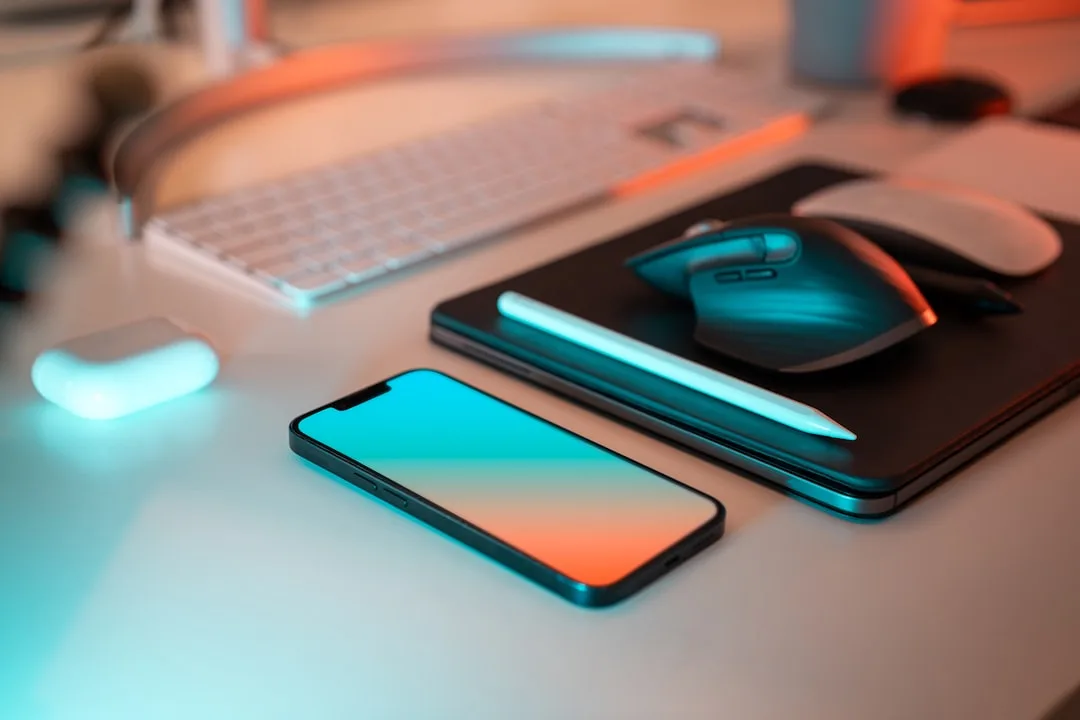
Newsletter Subscribe
Enter your email address below and subscribe to our newsletter

Enter your email address below and subscribe to our newsletter

AI-Driven Gadgets: Transforming Daily Tech Interaction
In a world where technology is evolving at an unprecedented pace, AI-driven gadgets are not just a trend but a transformative force reshaping our daily tech interactions. From smart home devices to wearable tech, artificial intelligence is weaving itself into the fabric of our everyday lives, offering new levels of convenience and functionality.
The push towards AI-driven gadgets is spearheaded by tech giants such as Google, Amazon, and Apple. These companies are investing heavily in AI research and development, with products like Google Home, Amazon Echo, and Apple’s Siri-enabled devices leading the charge. Additionally, startups and smaller tech firms are also making significant contributions, innovating in niche markets and creating specialized AI solutions that cater to specific consumer needs.
For instance, Google’s TensorFlow and Amazon’s Alexa AI are two pivotal technologies that are empowering developers to create smarter gadgets. TensorFlow, an open-source machine learning framework, allows developers to build and deploy AI models that can power everything from smart cameras to autonomous vehicles. Meanwhile, Alexa AI provides a versatile platform for voice-activated devices, enabling seamless interaction between users and their gadgets.
The rise of AI-driven gadgets has profound implications for various industries. In the consumer electronics market, these gadgets are setting a new standard for what users expect from their devices. Consumers now demand more than just basic functionality; they want devices that are intuitive, adaptive, and capable of understanding their needs without explicit instructions.
For businesses, this trend presents both opportunities and challenges. Companies that can effectively integrate AI into their products will likely see increased consumer engagement and loyalty. On the other hand, those that fail to adapt may struggle to compete in a market that increasingly values smart technology.
In the realm of software development, AI-driven gadgets are prompting a shift towards more sophisticated programming and design approaches. Developers are now tasked with creating interfaces and experiences that leverage AI to enhance user interaction. This shift is fostering a new wave of innovation, as developers explore how AI can be used to create more personalized and efficient user experiences.
Wearable technology is one area where AI is making significant inroads. Devices like the Fitbit and Apple Watch are not only tracking physical activity but also analyzing data to provide insights into user health and wellness. AI algorithms can detect patterns and anomalies in user data, alerting them to potential health issues before they become serious problems.
In a recent post on RuntimeRebel, we discussed the intersection of AI and healthcare technology, highlighting how AI is being used to develop predictive health models. These models can provide users with real-time feedback and personalized health recommendations, transforming wearable tech into a proactive health management tool.
AI-driven gadgets are not just a passing fad; they represent a fundamental shift in how we interact with technology. As AI continues to advance, we can expect gadgets to become even more integrated into our daily routines, offering levels of convenience and personalization that were previously unimaginable.
However, this shift also raises important questions about privacy and data security. As gadgets become smarter, they will inevitably collect and process more personal data. It is crucial for companies to ensure that this data is handled responsibly, with robust security measures in place to protect user privacy.
Looking ahead, I believe that AI-driven gadgets will increasingly move towards a more autonomous model. With advancements in AI, gadgets will be able to anticipate user needs and perform tasks without direct input, further enhancing their utility and appeal.
The trend towards AI-driven gadgets can be likened to the transition from feature phones to smartphones. Just as smartphones redefined communication and access to information, AI-driven gadgets are redefining interaction and functionality. However, this evolution is not without its critics. Some argue that the increasing reliance on AI could lead to a loss of human agency, as gadgets begin to make decisions on our behalf.
Despite these concerns, the potential benefits of AI-driven gadgets are hard to ignore. They offer the promise of a more connected and efficient world, where technology seamlessly integrates into our lives to enhance our capabilities and convenience.
To stay ahead of the curve, tech enthusiasts and developers should start experimenting with AI technologies, if they haven’t already. Exploring platforms like TensorFlow and Alexa AI can provide valuable insights into how AI can be integrated into gadgets. Additionally, keeping an eye on emerging startups and their innovative solutions can offer inspiration and new perspectives.
For those interested in the consumer market, testing out the latest AI-driven gadgets can provide firsthand experience of how these technologies are transforming interactions. Consider reading our follow-up articles on AI trends and their implications for a deeper understanding of this exciting evolution in technology.